
Thin Ice: Recognizing and Reacting
4.7 (721) In stock

4.7 (721) In stock
As much as emphasis should be placed on avalanche safety, there’s another danger, sometimes unpredictable, to consider during winter expeditions: Ice. Ice varies a great deal in strength; accordingly, so too should your choice to cross it. Before Deciding to Cross A number of factors affect the stability of ice. Consider them, and avoid dangerous crossings first and foremost. If you think the water is deep enough to submerse you, or moving fast enough to sweep you underneath it, don’t cross. Snow-covered ice may be thin, as snow insulates the water’s surface, limiting freezing. Slow-moving or standing water is more likely to be frozen solid enough to hold your weight. Avoid ice over the fastest current of moving water. Spots where streams enter and leave lakes are notorious for thin ice. Springs bringing water into a lake may create a thin
As much as emphasis should be placed on avalanche safety, there’s another danger, sometimes unpredictable, to consider during winter expeditions: Ice. Ice varies a great deal

Including That Indigenous Sixth Sense In Arctic Work — JONAA, Journal of the North Atlantic & Arctic
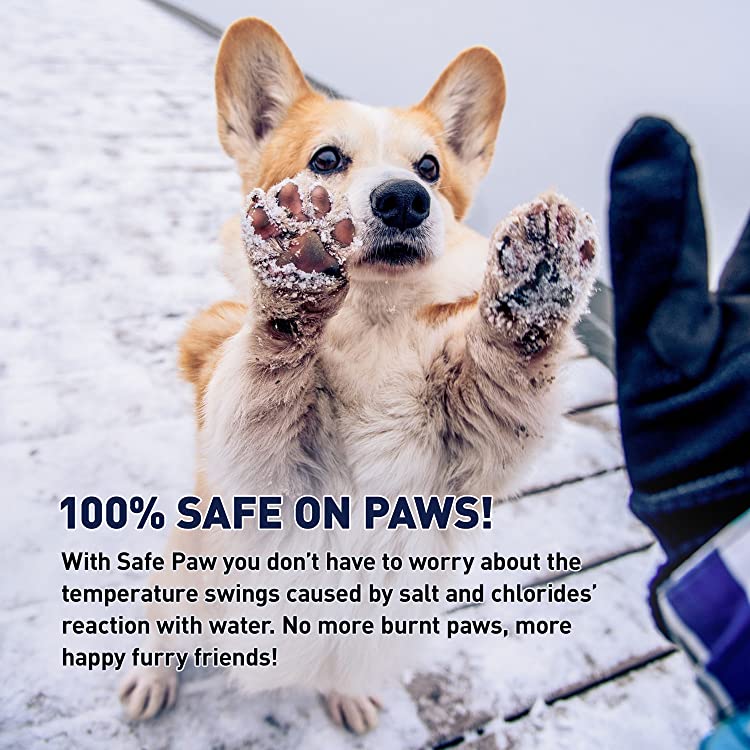
Pet Safe Ice Melt You Can Trust - Safe Paw Ice Melter
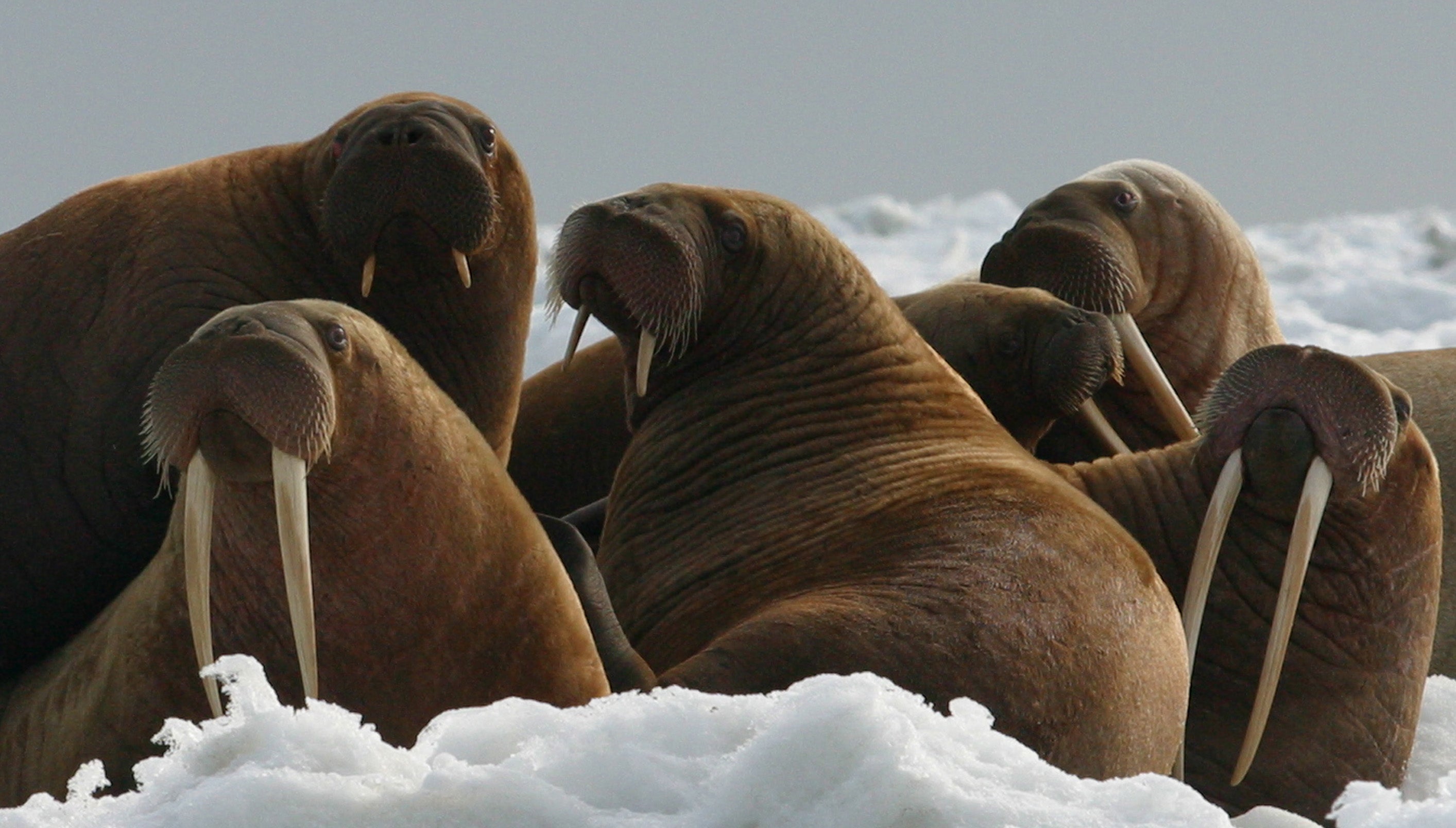
On Thin Ice: Subsistence Walrus Hunting and the Adaptation to a Changing Climate in Alaska

Thin ice secret exposed - 2020 - Wiley Analytical Science

Along one Minnesota river, ice and walleyes signal a changing climate
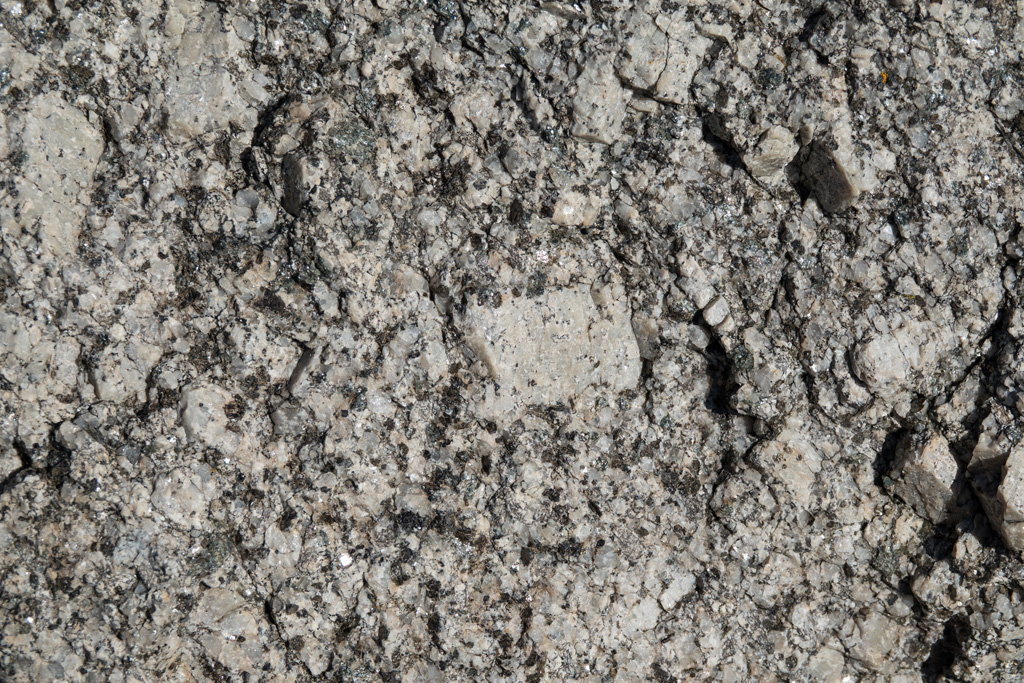
Evidence for Reactions
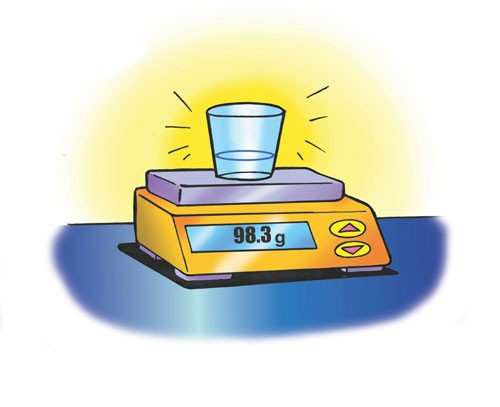
Conservation of Mass - American Chemical Society

Enhance Your Hockey Skills with IntelliGym Cognitive Training
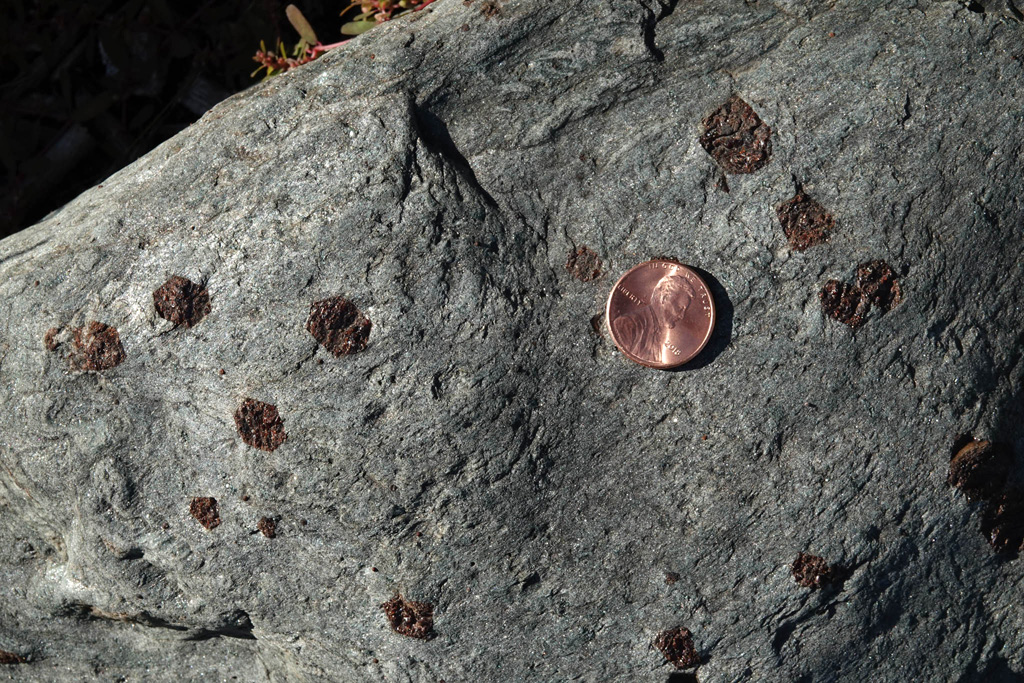
Evidence for Reactions
Paperback with front cover scene of climbers on an ice/snow slope. 4x7 inces 461 pages Highlight, take notes, and search in the book

Thin Ice

DC EDGE Embraces Artistic Side of Skating - U.S. Figure Skating Fan Zone

Crafting the Perfect Script: Sales, Marketing, and Business Consulting